- News
- Reviews
- Bikes
- Accessories
- Accessories - misc
- Computer mounts
- Bags
- Bar ends
- Bike bags & cases
- Bottle cages
- Bottles
- Cameras
- Car racks
- Child seats
- Computers
- Glasses
- GPS units
- Helmets
- Lights - front
- Lights - rear
- Lights - sets
- Locks
- Mirrors
- Mudguards
- Racks
- Pumps & CO2 inflators
- Puncture kits
- Reflectives
- Smart watches
- Stands and racks
- Trailers
- Clothing
- Components
- Bar tape & grips
- Bottom brackets
- Brake & gear cables
- Brake & STI levers
- Brake pads & spares
- Brakes
- Cassettes & freewheels
- Chains
- Chainsets & chainrings
- Derailleurs - front
- Derailleurs - rear
- Forks
- Gear levers & shifters
- Groupsets
- Handlebars & extensions
- Headsets
- Hubs
- Inner tubes
- Pedals
- Quick releases & skewers
- Saddles
- Seatposts
- Stems
- Wheels
- Tyres
- Health, fitness and nutrition
- Tools and workshop
- Miscellaneous
- Cross country mountain bikes
- Tubeless valves
- Buyers Guides
- Features
- Forum
- Recommends
- Podcast
TECH NEWS
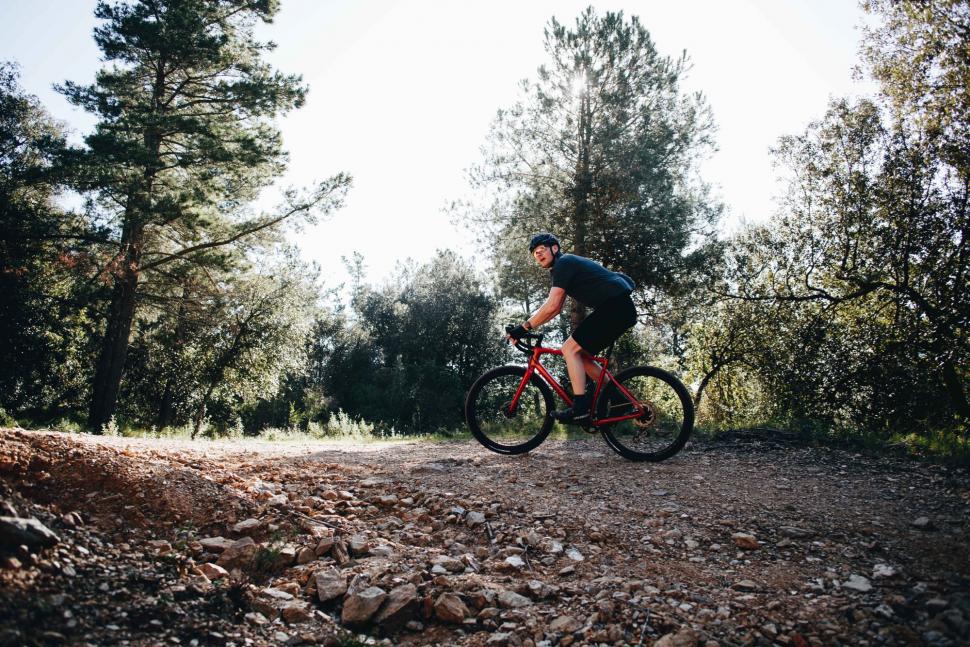 2020 Specialized Diverge launch action - 12.jpg
2020 Specialized Diverge launch action - 12.jpgFirst ride review: Specialized Diverge Pro Carbon
Specialized's updated Diverge gravel bikes come with new tech and features that offer a genuine boost in performance and improved practicality. We got the chance to try out the Diverge Pro Carbon and we were seriously impressed.
Before all the coronavirus travel restrictions kicked in, Specialized took me out to a press launch for the new Diverge range in Girona, Spain.
I got to try the Diverge on two rides, each just short of three hours long. We rode a real mix of farm tracks, sandy/dusty trails, rocky/stony roads, compacted earth, tarmac... We did some super-steep climbs, fast descents, and everything in between. It's like Disneyland for gravel riding around there.
The only surface I didn't get the chance to ride was gloopy mud. There was the odd soft section where the tyres had to dig in, but no British-style goo. They're not big on that in Spain.
Check out all the tech news on the new Specialized Diverge.
I rode a 58cm Specialized Diverge Pro Carbon that retails at £5,999. This is a model that's equipped with the Future Shock 2.0 system (see below) and fitted with:
• SRAM Force eTap AXS groupset, 1x drivetrain with 42-tooth chainring and 10-50-tooth cassette
• Roval Terra CL wheels
On the first ride I used Specialized Pathfinder Pro 2Bliss Ready tyres, 700C x 38mm. For the second ride I was on Tracer Pro 2Bliss Ready tyres in a 700C x 47mm width. Both were run tubeless.
The bike weighed 9.5kg (20lb 15oz) on the road.cc scales.
Okay, let's cut to the chase; how does the new Diverge perform?
Future Shock 2.0
A big part of the Diverge's character is down to the Future Shock front suspension system, and the 2.0 version that's now fitted to the higher end models – the S-Works, Pro, Expert and Comp Carbon – works an absolute treat.
If you're from a mountain bike background you might be a bit sniffy about Future Shock in that it's not particularly sophisticated – it's essentially a spring in a cartridge that sits underneath the stem – and if you're a roadie you might be sceptical of the need for suspension on a drop bar bike. Although both the original Future Shock and the 2.0 version were introduced on Specialized's Roubaix endurance road bike, they really prove their worth on the Diverge.
Future Shock provides 20mm of travel and what the 2.0 version brings to the party is hydraulic damping of both the compression and the rebound. In other words, rather than pogoing when you hit a bump, the movement is controlled. A dial where your headset's top cap would normally be gives you adjustment, allowing you to make the front end firmer.
20mm is enough to reduce buzz on well-surfaced tracks and to smooth over little lumps and bumps. Sure, if you're tackling mountain bike trails you'll be better off on a mountain bike, but for rough roads of all descriptions, gravel included, Future Shock does a great job without adding much weight or complexity. It damps vibration, prevents achy wrists and forearms, and helps you stay in control over rattly surfaces. Specialized has been saying forever that smoother is faster, and in most cases it's true. If you're not worried about getting shaken to bits you can tackle everything that little bit quicker.
Say you turn a corner on an unknown track to find a stretch of jagged rocky ground ahead of you; there were loads of bits like this on our test rides. The sensible course of action on most gravel bikes is to dab the brakes and take it slower. With the Diverge you get used to laying off the brakes that little bit longer and retaining your speed. There's no need to be so cautious because that 20mm of travel is enough to stop you getting shaken about and, where necessary, can get you out of a sticky situation. You still feel the irregularities, of course, but your hands move far less than they would with a standard setup.
At the start of the first ride I was going through the Future Shock 2.0's travel quite easily. It was bottoming out a lot. I'm pretty large in cyclist terms – 189cm tall and over 80kg – so I adjusted the Future Shock 2.0 to be firmer and that worked much better for me, with only the larger bumps going through all of the available travel. With the adjustment dial positioned right in front of you, it's easily possible to alter the setting on the fly if you move from tarmac to a forest track, for instance. It's no more difficult that altering the fit of your helmet via a clicky wheel on the harness.
Of course, there's no similar suspension at the back end – the Diverge is like a hardtail mountain bike in that respect – but the bike doesn't feel unbalanced because of that. It's the front end that's far more important in terms of control.
One thing that might put you off Future Shock is the idea that it's adding needless complexity. I must say that I was of that opinion. Why bother? Just fit some big tyres to soak up the bumps and rely on your skill to sort out anything else.
Having used Future Shock 2.0, though, I've been won over, especially for more technical terrain. As far as I'm concerned, it's a great system that's well suited to a bike like the Diverge.
Geometry
All this talk of Future Shock could give you the impression that the Diverge is a one-trick pony, but that's far from the case – this is a bike that's strong across the board. Specialized has made a lot of changes to the geometry that result in a really well-balanced bike.
In short, Specialized has lengthened the reach while at the same time making the head tube angle slacker and increasing the fork offset by 5mm. It has also lengthened the chainstays, reduced the bottom bracket drop, and shortened the stem both to rein in the distance to the handlebar and to counteract the slower steering effect of larger tyres. The wheelbase is considerably longer than previously.
That's a lot of changes! What the hell effect do they all have? Well, the result is a bike that feels stable at speed. Hit a long, fast, open descent and you can fly, with no feeling that you'll be knocked off line by anything that gets in the way.
On the other hand, the steering has been kept lively enough that you can react quickly if you need to change your line to avoid an unfriendly rock or hole.
The handling actually reminds me a lot of the Merida Silex+ 6000 that I reviewed a couple of months ago. Merida has taken a similar approach to Specialized – inspired by mountain bike design – going with a long frame, a short stem, and a relatively slack head angle. Like the Silex, the Diverge's steering feels quick enough on technical terrain, but never twitchy.
The best I can say about the Diverge is that after a couple of miles getting used to the setup, I didn't give my ride position much more thought. It just felt right whether tackling sharp climbs, tricky descents, or weaving about on a path through the woods. Okay, I'd rather have had a more aggressive position on fast tarmac sections but in all other situations going down to the drops got me you as low as I wanted to be.
Tyres
As mentioned up top, I used two different sets of tyres: Specialized Pathfinder Pro 2Bliss Ready 700C x 38mm – which are the ones fitted to the production version of this bike – and Specialized Tracer Pro 2Bliss Ready tyres in a 700C x 47mm width. Both were run tubeless.
When Dave Arthur reviewed the Pathfinder Pro 2Bliss on road.cc last year, he said that it was fast on the road and hardpack with good cornering grip. That's definitely the case. We rode a lot of firm paths and even loose and dusty gravel, and these stuck to everything really well.
Although it uses the same Gripton compound, the Tracer Pro 2Bliss is quite a different tyre with a taller knob pattern across the centre that provides loads of braking traction. It grips well on dry ground and also digs in on softer surfaces, and you can get masses of cushioning if you run the 47mm version at a low pressure.
SWAT storage
The SWAT system that allows you to store stuff inside the down tube: it works! That's the top and bottom of it (get all the details on what SWAT is from our news story).
This is tech that Specialized has transferred over from the mountain bike world. Essentially, they've put a hole in the mahoosive down tube so that you can access all that space, stuck a cover over the top, and job's a good un.
Okay, there might be a little more to the engineering than that, but you get the idea. There's enough space for stuff like a pump, multi-tool, an inner tube, and so on. You can also tuck a waterproof jacket away in there, as long as it's not too bulky; Specialized's Deflect jacket with SWAT is designed for exactly that.
Overall
The new Diverge is a really strong proposition. Future Shock 2.0's adjustable, hydraulically damped travel provides comfort and control, the new geometry offers confident handling and a good balance between stability and manoeuvrability, and Specialized has taken care of details with features like its SWAT compartment for storing gear away. If you're in the market for a gravel/adventure bike this year, you should be taking a good look at the range.
Get more info over at www.specialized.com
Mat has been in cycling media since 1996, on titles including BikeRadar, Total Bike, Total Mountain Bike, What Mountain Bike and Mountain Biking UK, and he has been editor of 220 Triathlon and Cycling Plus. Mat has been road.cc technical editor for over a decade, testing bikes, fettling the latest kit, and trying out the most up-to-the-minute clothing. He has won his category in Ironman UK 70.3 and finished on the podium in both marathons he has run. Mat is a Cambridge graduate who did a post-grad in magazine journalism, and he is a winner of the Cycling Media Award for Specialist Online Writer. Now over 50, he's riding road and gravel bikes most days for fun and fitness rather than training for competitions.
Latest Comments
- chrisonabike 57 min 29 sec ago
Hub brakes have their own trade-offs. I actually liked the one I had for its particular application - in a "utility" bike where I didn't care...
- qwerty360 1 hour 8 min ago
Given that every other lime bike I see on my 1/week commute into london appears to have its rear light hanging off by the cable rather than mounted...
- Metalfan1 1 hour 10 min ago
DT Swiss hubs then on both wheels? No mention in article but just a picture of front wheel?
- chrisonabike 1 hour 14 min ago
Glasgow council (back when) had you covered: https://en.wikipedia.org/wiki/M8_Bridge_to_Nowhere...
- Miller 2 hours 29 min ago
Go for it Pogi! I will be in the velodrome on 13th April and it would be fantastic to see him arrive.
- jaymack 2 hours 52 min ago
Indeed but he's a can't. Can't be arsed to tell the truth, can't be arsed to build new Hospitals and can't be arsed to do anything for anyone save...
- Rendel Harris 4 hours 33 min ago
I agree, very little improvement indeed. From the first paragraph:...
- David9694 5 hours 44 min ago
I had to look this one up: https://savingplaces.org/stories/a-tale-of-two-planners-jane-jacobs-and-...
- chrisonabike 5 hours 57 min ago
What wokery is this? I thought those tech-bros were there to save us from the "mind virus"?
- hawkinspeter 18 hours 44 min ago
Opposition to controversial East Bristol Liveable Neighbourhood ‘will filter away’ say council bosses...
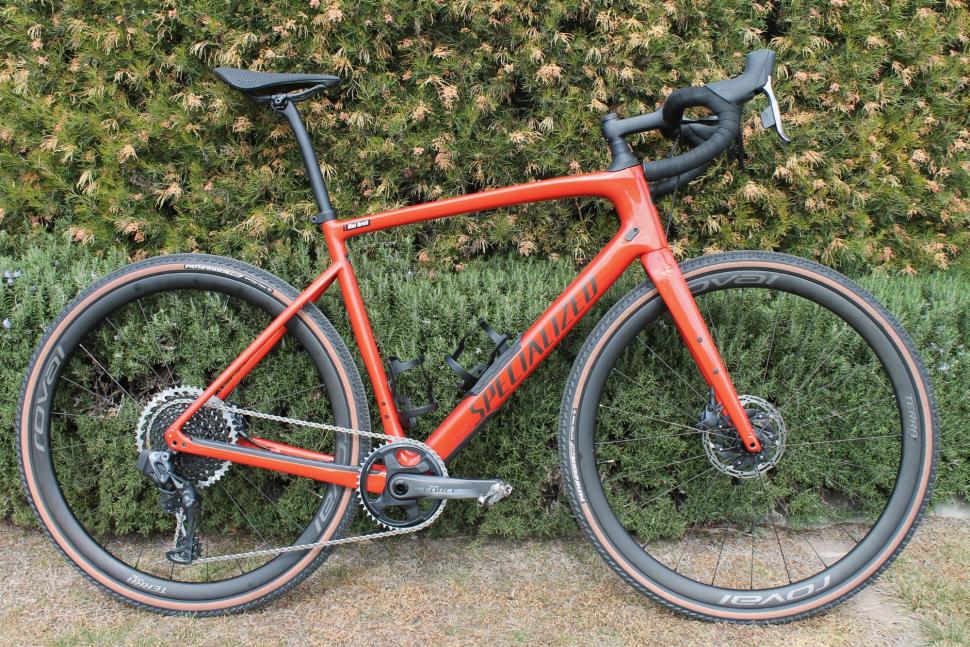

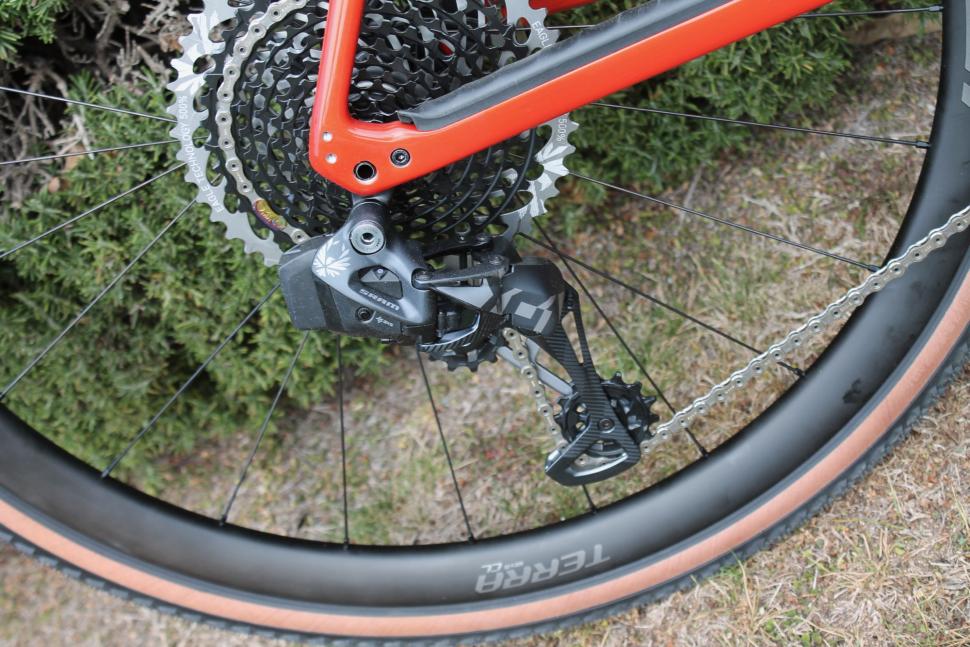



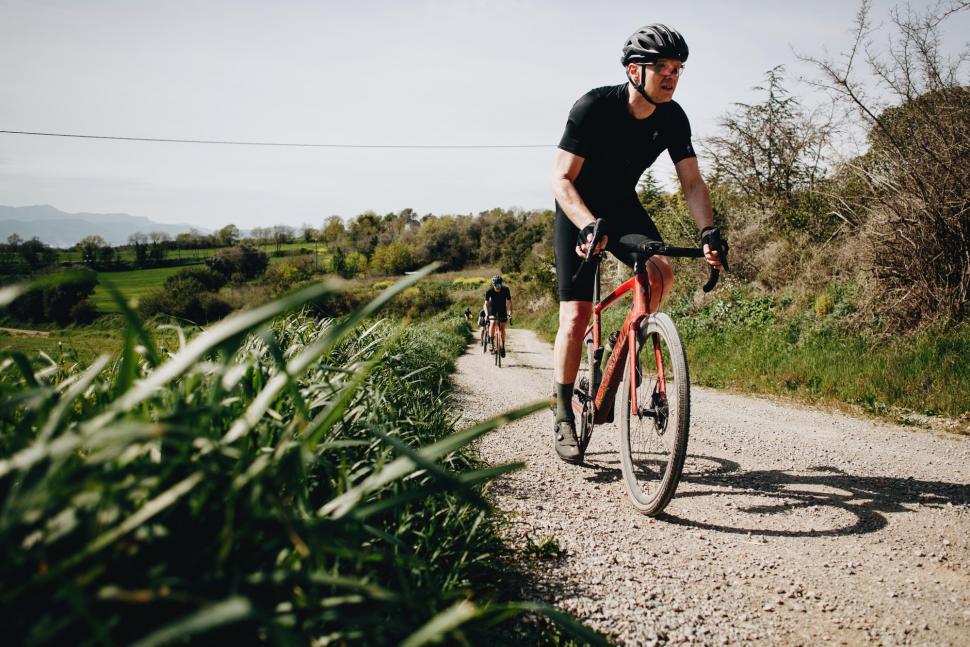

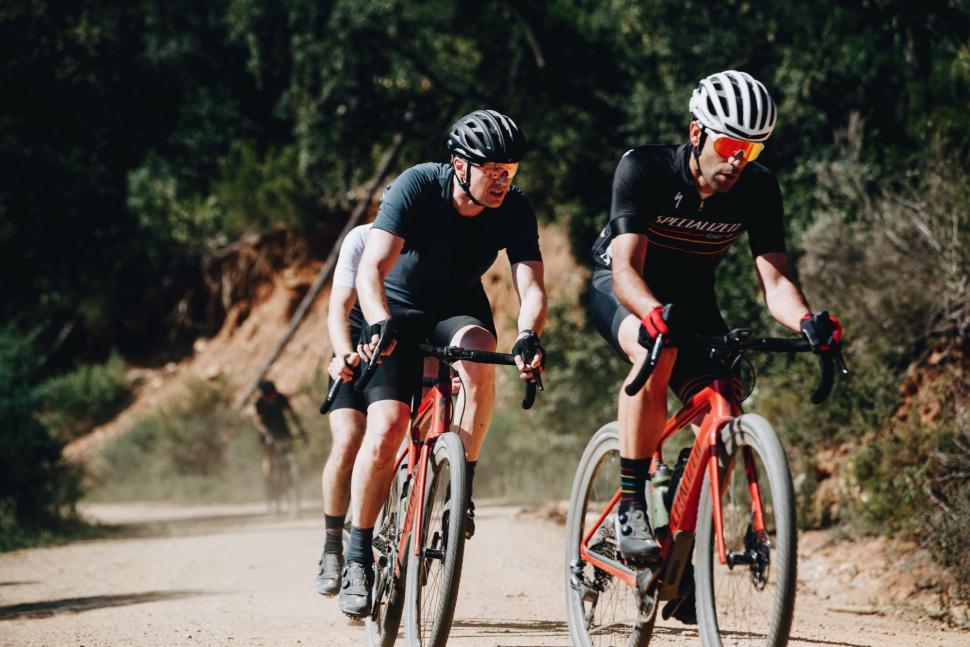


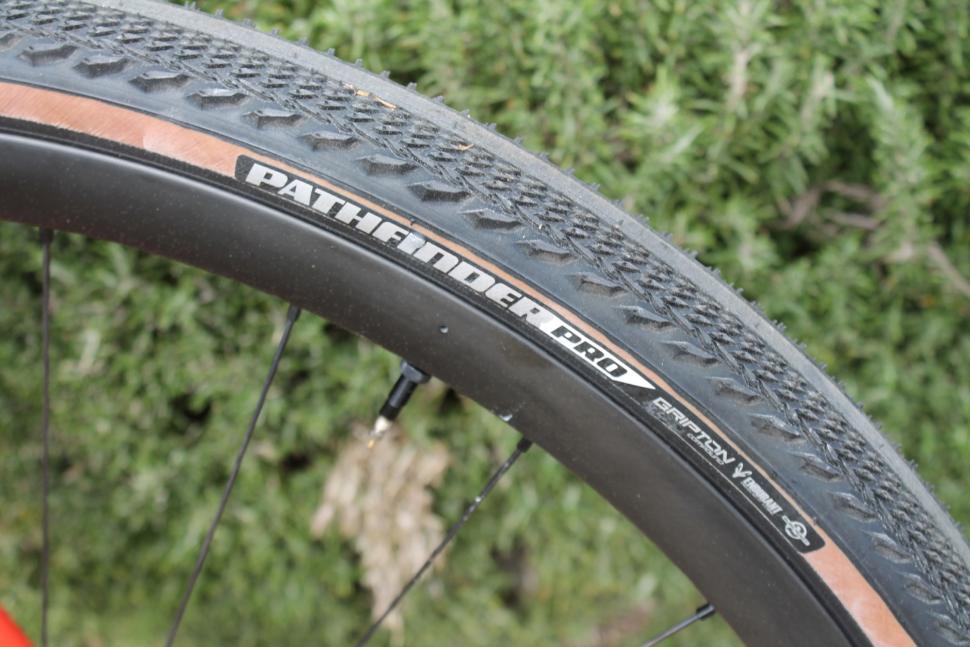

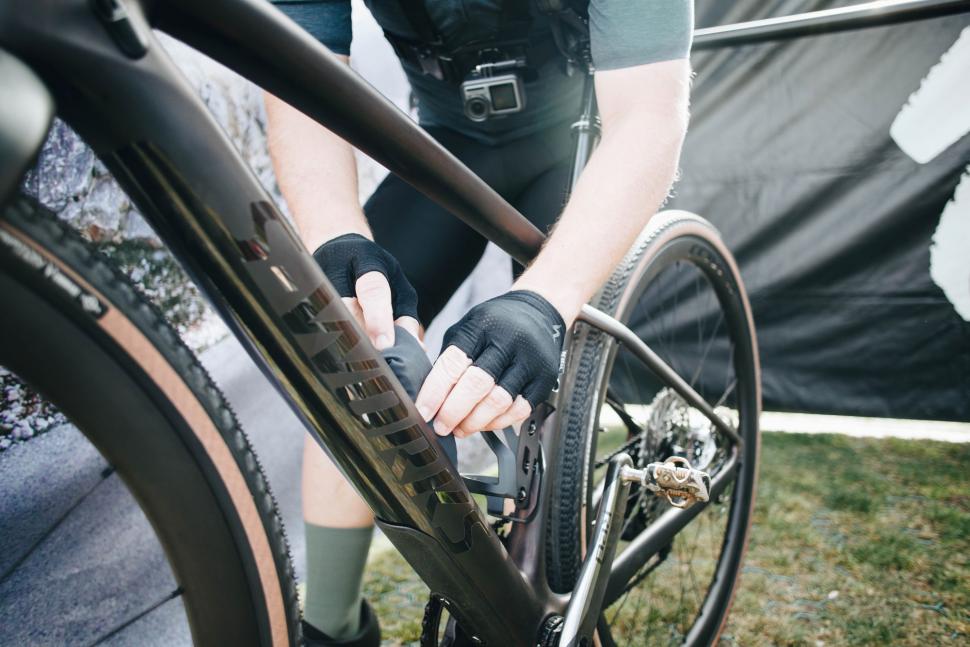

Add new comment
1 comments
Can you use any stem on these or are they limited to something made by Specialized due to the Future Shock?